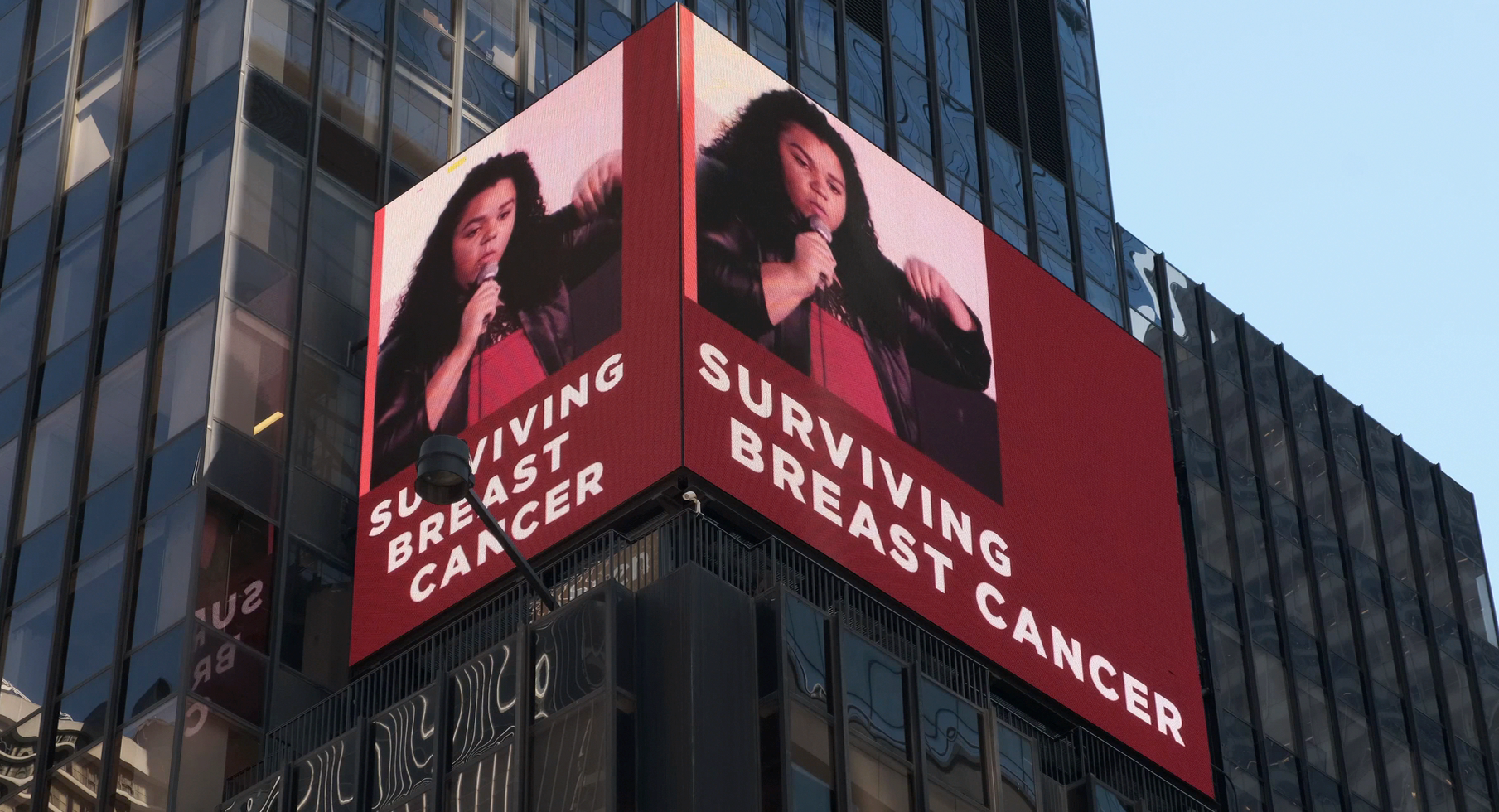 |
|---|
October 2019
|
|---|
Breast Cancer Special Edition |
|---|
 | Getting the Right Treatment at the Right Time to Reduce Inequities in Breast Cancer Survival |
|---|
In 2017, CDC published a wide-ranging series of articles on 5-year survival across several cancers. For breast cancer, the 5-year survival for all women was around 90%, but survival was more than 10% lower among black women compared to white women. A new blog post for Breast Cancer Awareness Month discusses how a coordinated team approach can improve these differences.
|
|---|
 | Breast Cancer Screening Among Women by Nativity, Birthplace, and Length of Time in the United States |
|---|
The U.S. Preventive Services Task Force (USPSTF) recommends mammography screening every two years for women of average risk aged 50-74 to reduce deaths from breast cancer. Data in CDC’s National Health Statistics Reports shows that foreign-born women were less likely than U.S.-born women to have ever had a mammogram (88.3% compared with 94.1%).
|
|---|
 | Recommendation for Women at Increased Risk of Breast Cancer |
|---|
A final recommendation statement and evidence summary on taking medication to reduce breast cancer risk is now available from the U.S. Preventive Services Task Force (USPSTF). The Task Force found that some women at increased risk of breast cancer can benefit from risk-reducing medications such as, tamoxifen, raloxifene, or aromatase inhibitors. However, women who are not at increased risk should not take these medications.
|
|---|
 | Thrive with Linda After Cancer! |
|---|
CDC’s Division of Cancer Prevention and Control announces the release of a new “Talk to Someone” simulation that gives cancer survivors useful tips for living well after cancer. Linda, a five-year cancer survivor, answers questions and gives advice to help fellow survivors start and maintain healthy habits.
Linda offers a conversational experience on four topics: anxiety and distress, alcohol use, tobacco use, and physical activity and nutrition. As a cancer survivor, Linda is a virtual friend and coach who provides guidance on healthy lifestyle choices. She is knowledgeable, empathetic, and relatable. Staying healthy after cancer treatment can be challenging. Linda encourages survivors to take steps to live a longer, healthier life. |
|---|
 | CDC's Bring Your Brave Brings Breast Cancer Awareness to Broadway |
|---|
CDC’s Bring Your Brave campaign raises awareness about breast cancer and salutes young breast cancer survivors and caregivers with a digital billboard in New York’s Times Square. Bring Your Brave provides information about breast cancer to women younger than 45 by sharing real stories about young women whose lives have been affected by breast cancer. The large display in Times Square is located at 1500 Broadway and 43rd Street and features a variety of images and the message: “Surviving breast cancer takes teamwork.” The billboard is available throughout October. Learn about young women’s experiences with breast cancer.
|
|---|
 |
Tomosynthesis (3D) vs.
|
|---|
A mammogram can save your life by detecting breast cancer before any physical symptoms develop. When getting a mammogram, you might be asked to choose between two kinds of mammography: tomosynthesis (3D) or digital mammography (2D). While 3D mammography is newer, researchers do not know which type of mammography is better at detecting life-threatening breast cancers.
The NCI-funded Tomosynthesis Mammographic Imaging Screening Trial (TMIST) is a study to compare these two types of mammograms. TMIST is also studying the biology of breast cancer to help personalize breast cancer screening in the future. Researchers plan to enroll 165,000 women ages 45 to 74 years old. Women can join the trial by contacting one of the participating mammography sites around the United States, Canada, and Argentina. Learn more about the trial at: |
|---|





















.png)










No hay comentarios:
Publicar un comentario